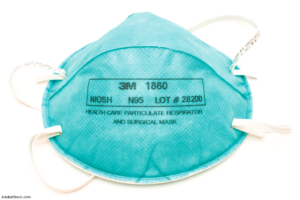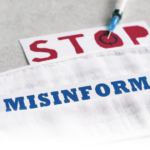After the initial shock, that persistence became the quiet undercurrent of the pandemic. It fueled researchers, who worked around the clock to understand how COVID-19 intersected with autoimmune disease. It sustained clinicians, like me, who learned how to deliver compassionate care through a computer screen. In the face of unimaginable loss, persistence reminded us that life continued, albeit in a different form.
The Power of Community
If this grief informed our persistence, then it was community that gave us strength. The Global Rheumatology Alliance (GRA), born out of necessity in the early days of the pandemic, stands as one of the most remarkable examples of what can happen when our community comes together to combat a seemingly insurmountable threat.1 What began as a handful of concerned rheumatologists exchanging emails quickly evolved into an international collaborative effort, gathering real-world data to understand how COVID-19 affected patients with autoimmune diseases.
The GRA didn’t just collect data; it created solidarity. Rheumatologists from around the world shared observations, treatment strategies and, perhaps most importantly, reassurance.2 I remember reading the early reports that suggested that patients on biologics didn’t seem to fare much worse than the general population, but that methotrexate might complicate vaccine responses and that repeated infections might lead to worse disease. These insights didn’t just inform my completely upturned practice; they brought peace of mind in a time of chaos.
That community extended beyond professional circles. Patients formed their own networks, sharing experiences and advice in online forums and social media groups. They exchanged tips on navigating telehealth, managing medication refills and coping with isolation. The pandemic fractured our world, but it also revealed the vitality of our connections. In rheumatology, community became both a shield and a salve—a reminder that, although physically apart, when we keep our well-wishers in mind, we were never truly alone.
The Limits of Science
The pandemic was also a coming of age for our scientific community. For all the triumphs of science during the pandemic, such as rapid vaccine development, innovative treatment protocols and unprecedented data sharing, we also faced the humbling limits of science. Early on, our understanding of COVID-19 was incomplete, evolving by the hour. Recommendations shifted quickly: Wear a mask; don’t wear a mask, but a shield; wear two masks, just in case; and so forth. For patients with autoimmune diseases and other immune dysfunction, the stakes of this uncertainty were even higher. Would their medications increase susceptibility to illness and disease, or somehow protect them by dampening inflammation? We simply didn’t know.



